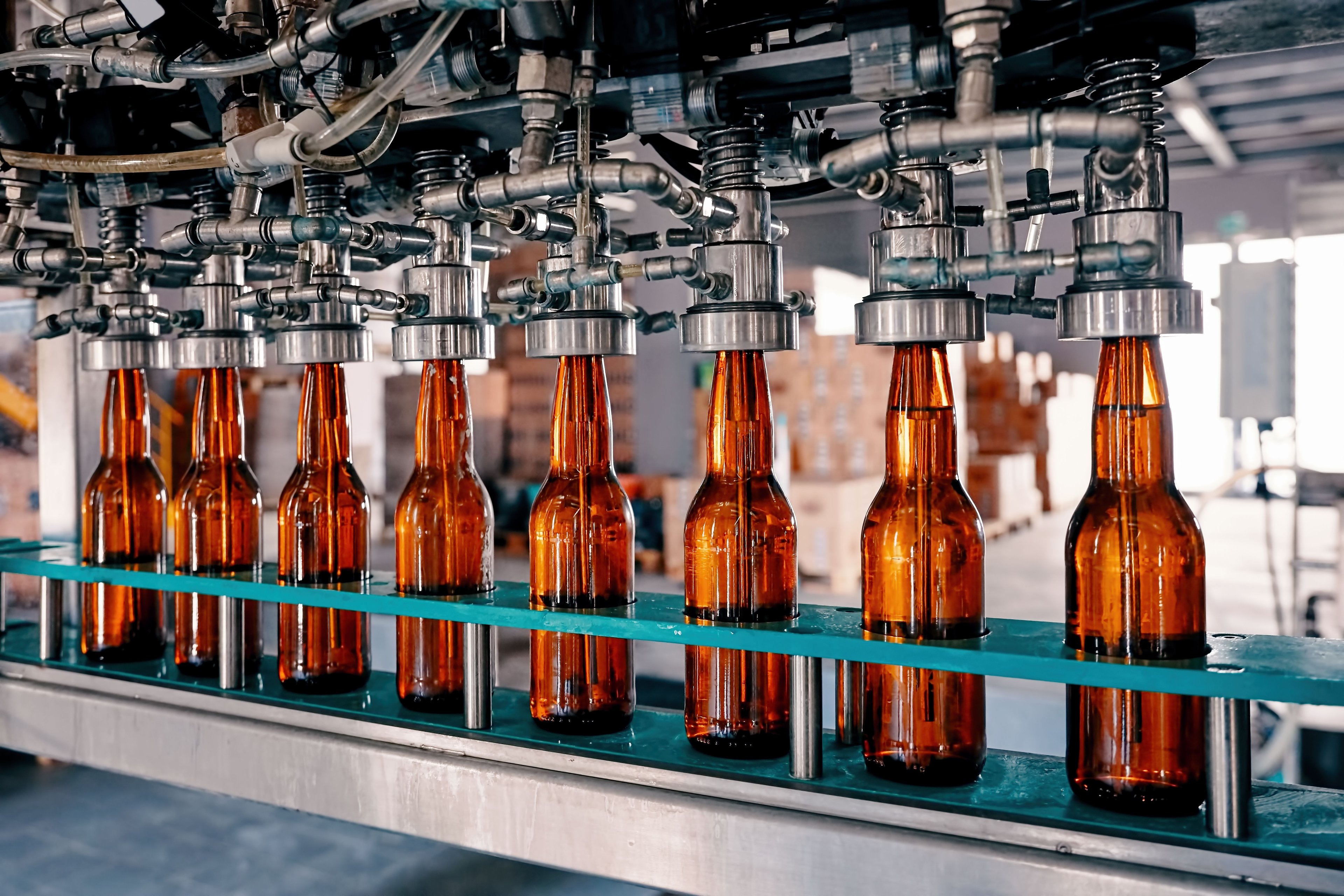We know the rise of hard seltzer has altered the beer industry, maybe irreparably so. Boston Beer (SAM +2.11%), which remains the face of the craft beer industry despite the protracted decline of its flagship Samuel Adams brand, now produces more hard cider than it does beer.
Yet is hard seltzer also changing the wine industry? With sales falling in 2019 for the first time in 25 years, an argument can be made that the summer of seltzer is turning into the fall, winter, and spring of seltzer, too, and the effect on vintners could be lasting.
According to the industry analysts at IWSR, wine volumes fell 0.9% in 2019, the first time since 1994 that volumes were lower year over year. Although it wasn't an across-the-board decline, as sparkling wine grew 4%, it's the exception that might prove the rule and hints at how seltzer is stealing sales.

Image source: Getty Images.
Riding the wave
Boston Beer has said for several years that hard seltzer is not stealing beer drinkers. Although its own beer business is in a tailspin and it hasn't had a single quarter of depletions growth in Samuel Adams in five years (depletions are sales to distributors and retailers and are considered an industry proxy for consumer demand), chairman Jim Koch maintains "hard seltzer is pulling from hard liquor and from wine."
Yet it's easy to see why packaged goods stores and convenience stores would clear shelf space for seltzer. The category has witnessed meteoric expansion, growing at triple-digit rates for several years, and analysts see it continuing to grow at such a torrid pace for the immediate future.
Boston Beer's Truly brand is also enjoying triple-digit growth, as is Mark Anthony's White Claw, the biggest hard seltzer on the market, and the two account for around 85% of seltzer sales. But with Anheuser-Busch InBev introducing three new seltzers, Molson Coors' MillerCoors division investing heavily in its Henry's brand, and Constellation Brands (STZ +5.32%) promising to offer one under its Corona label, the seltzer market is continually expanding.
Grapes of wrath
Nielsen data shows seltzer dollar sales jumped 169% to about $488 million on 181% gains in volume in 2019, and IWSR estimates volume is expected to triple to 281 million cases in 2023, up from 82.5 million cases last year.
That already far exceeds sparkling wine's sales, which totaled 27.5 million cases in 2018. While it might offer consumers some of the same characteristics they're finding in seltzer, it's just a very small portion of the overall wine industry, accounting for less than 7% of total sales.
The analysts contend it's a result of "changing generational habits" as changing consumer preferences have millennials seeking out more health-oriented beverages, with the lighter, fruitier, greater effervescence of seltzer a major selling point, underscored by the lower alcohol by volume seltzers sport (some brewers, though, are introducing higher ABV versions).
IWSR's COO for the Americas Brandy Rand told The Wall Street Journal, "With the rise in low and no-alcohol products and general consumer trends toward health and wellness, wine is in a tough place."
Withering on the vine
Unlike beer, women typically drink more wine than do men, but seltzer is favored by both sexes equally. With the trajectory seltzer has been on, it means seltzer is pulling more drinkers from wine than beer, causing wine distributors like Brown-Forman and Constellation Brands to face a difficult future, though as noted above, Constellation is looking to minimize seltzer's effect by introducing its own brand.
So although this is the first time in a quarter-century that wine sales have fallen, it increasingly looks like it won't be the last.











